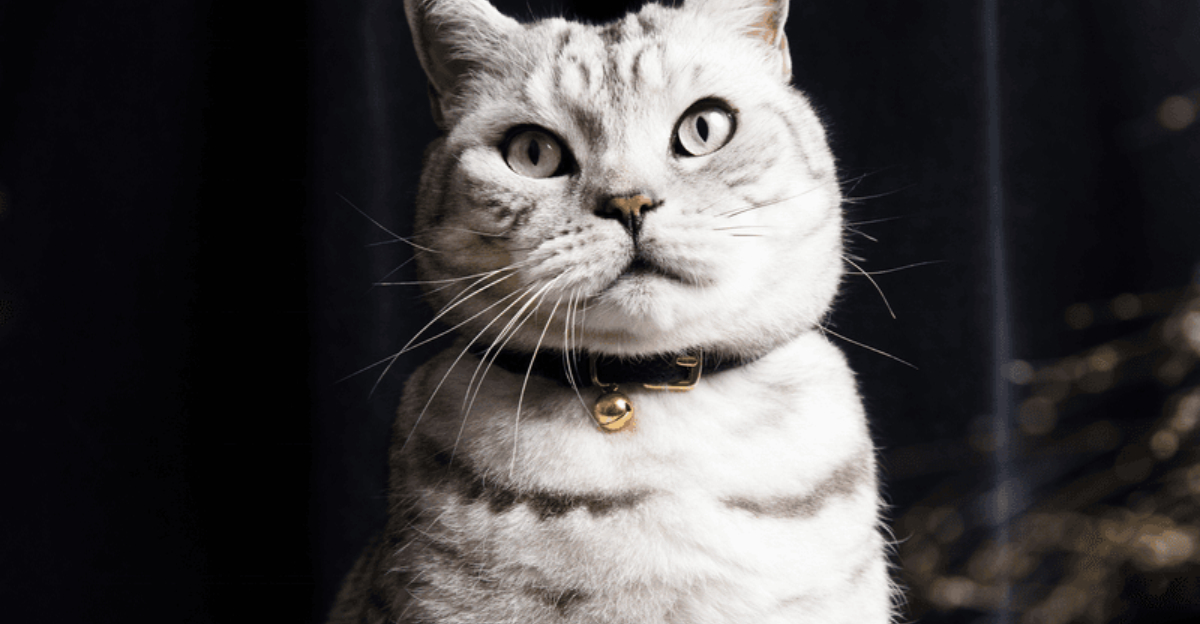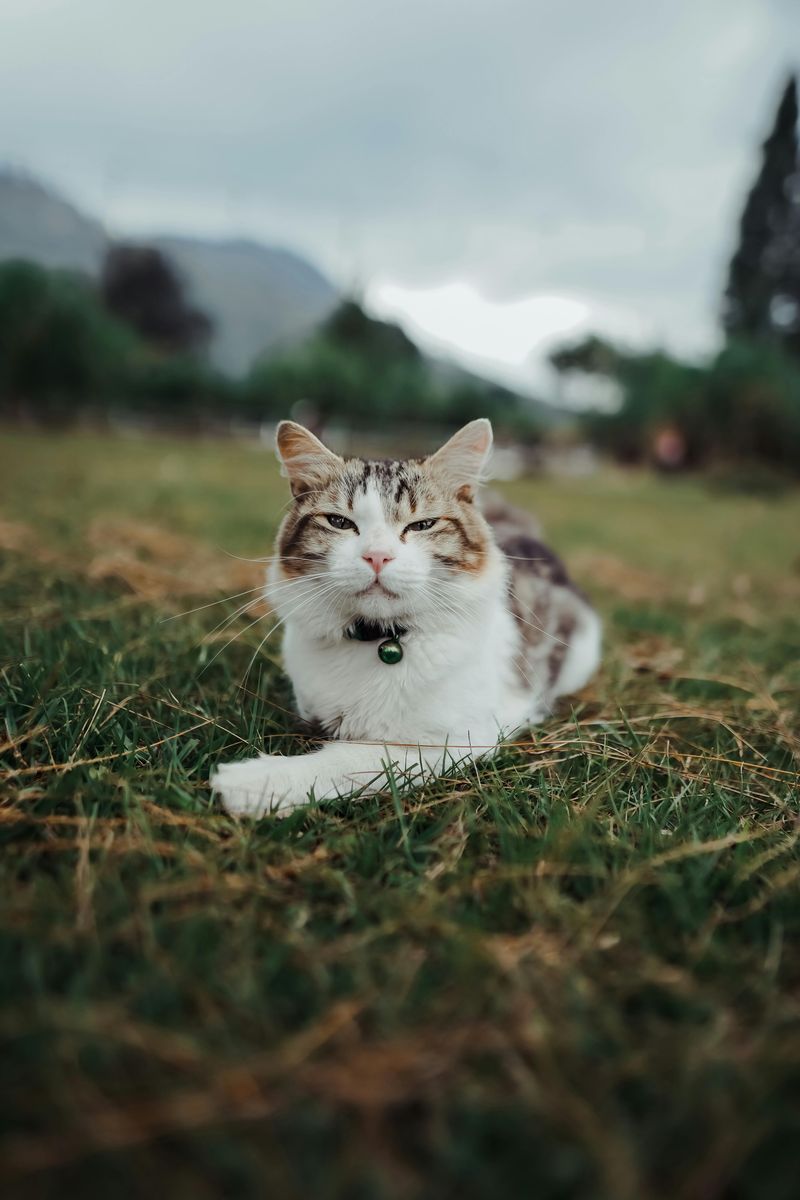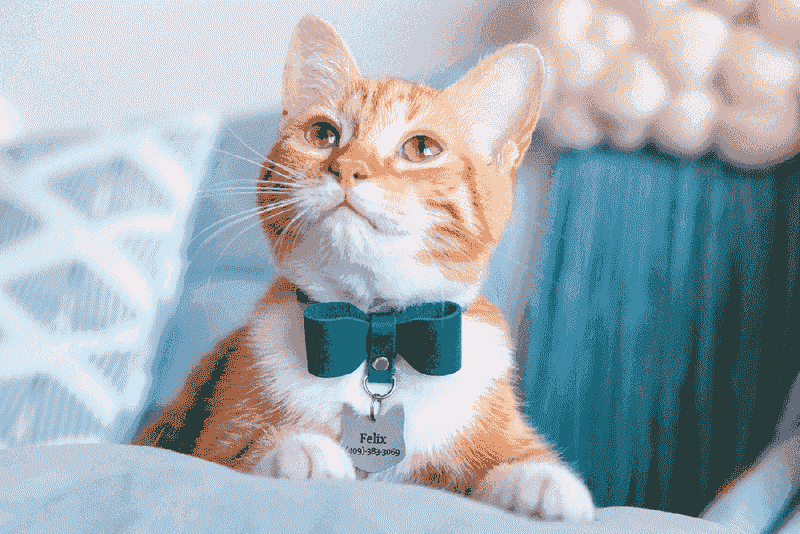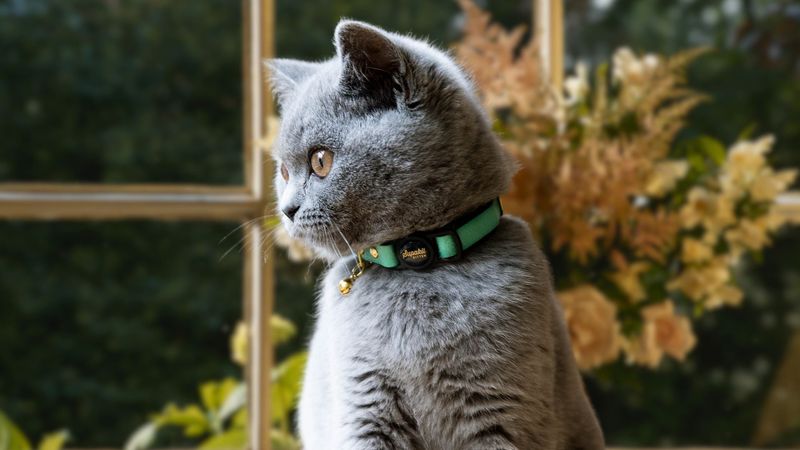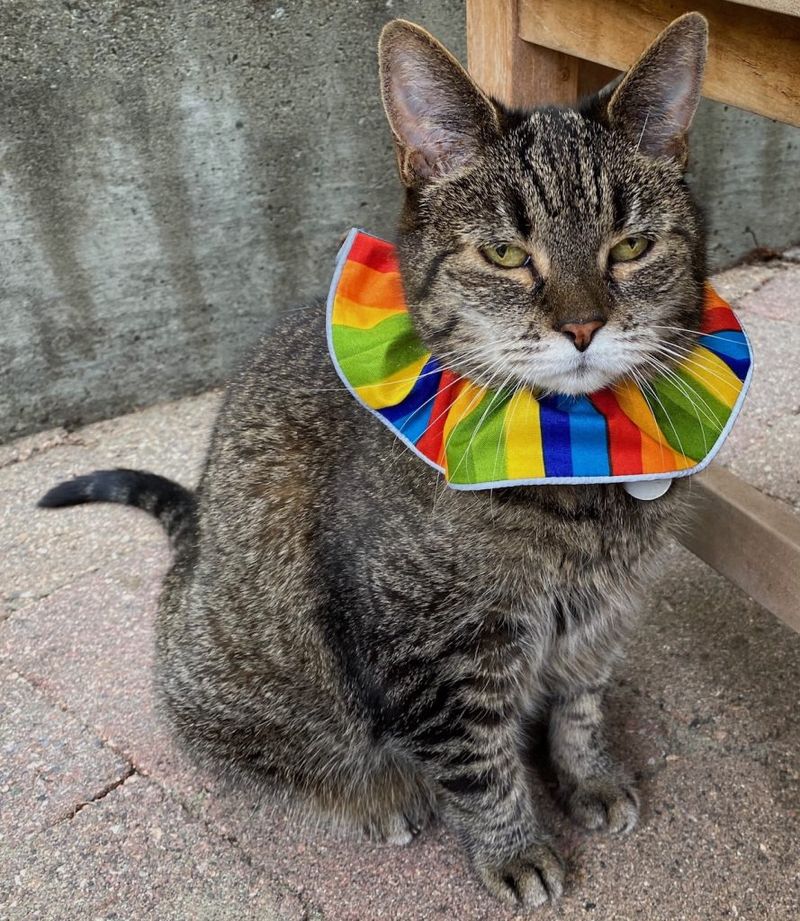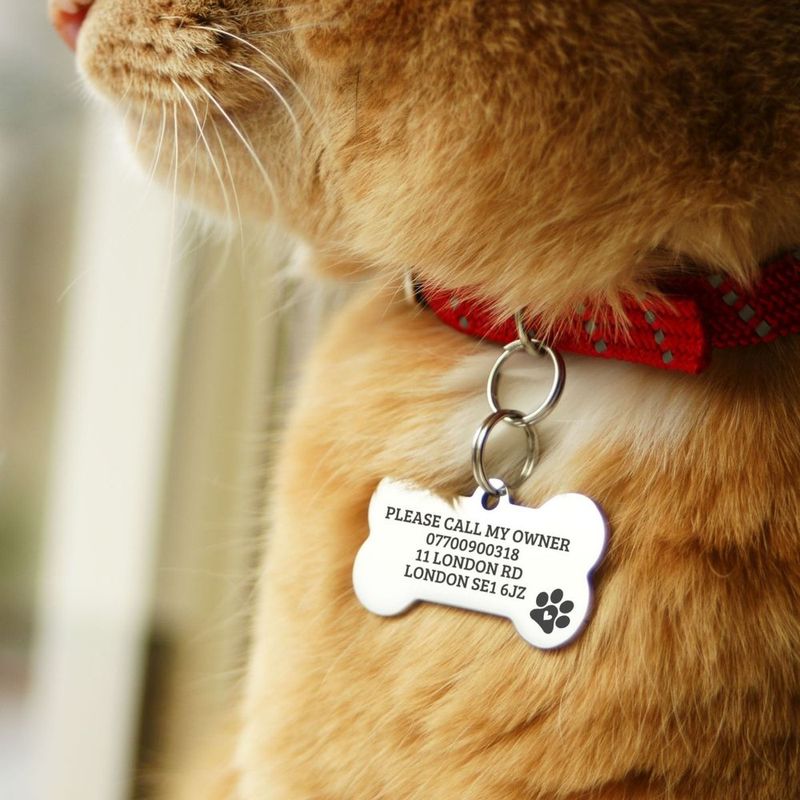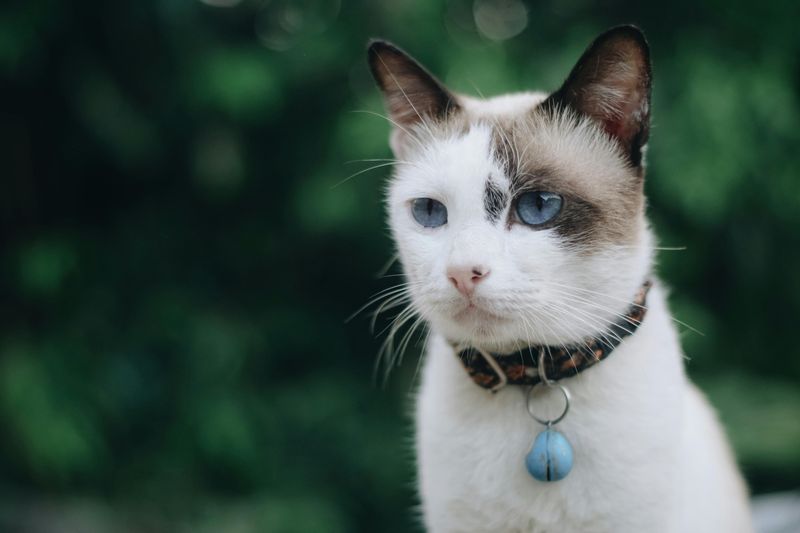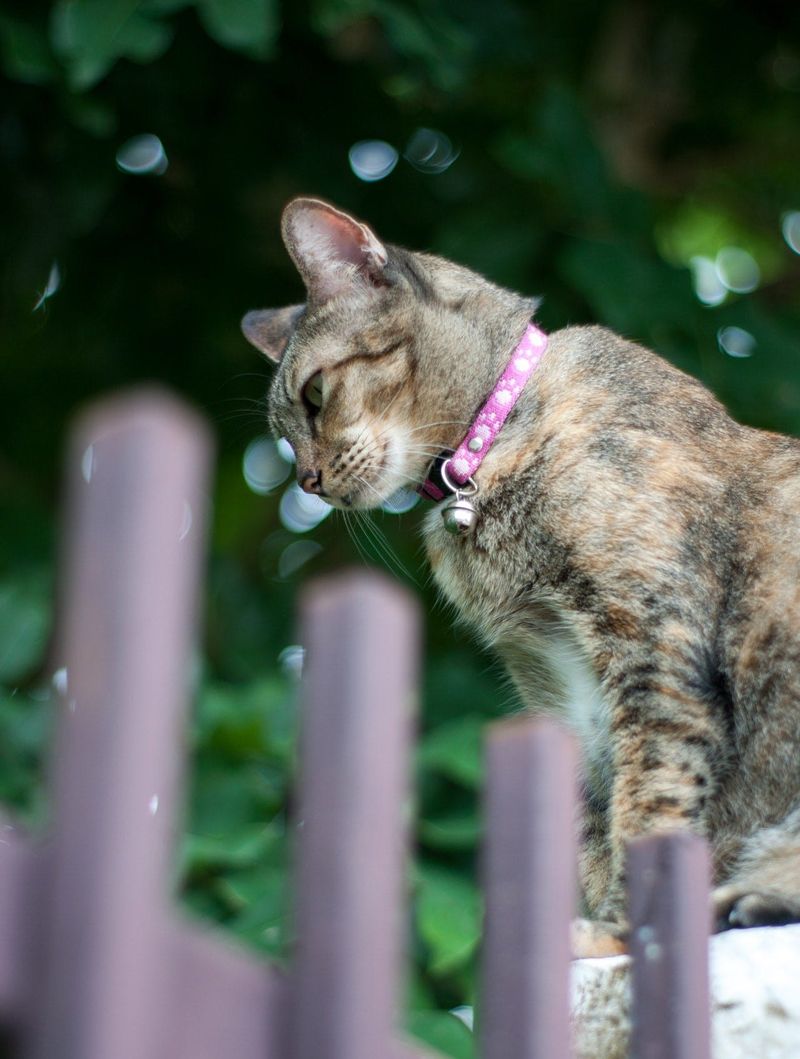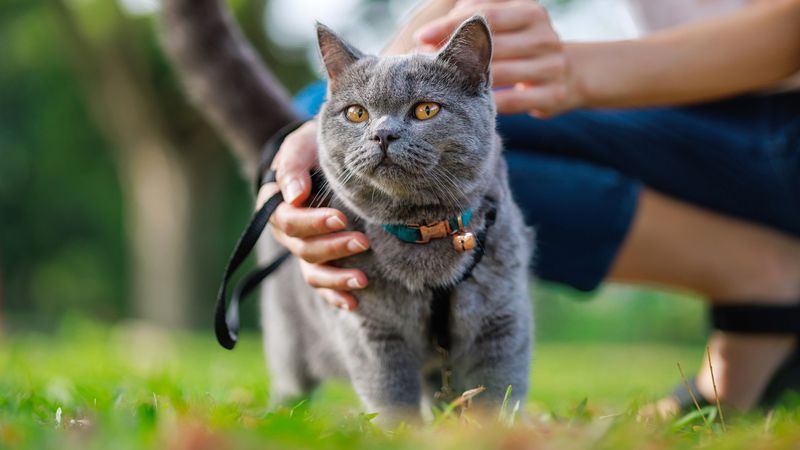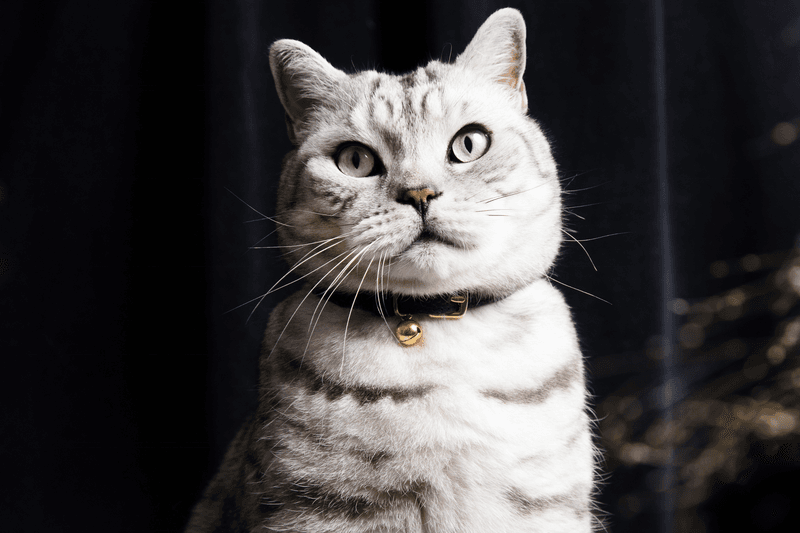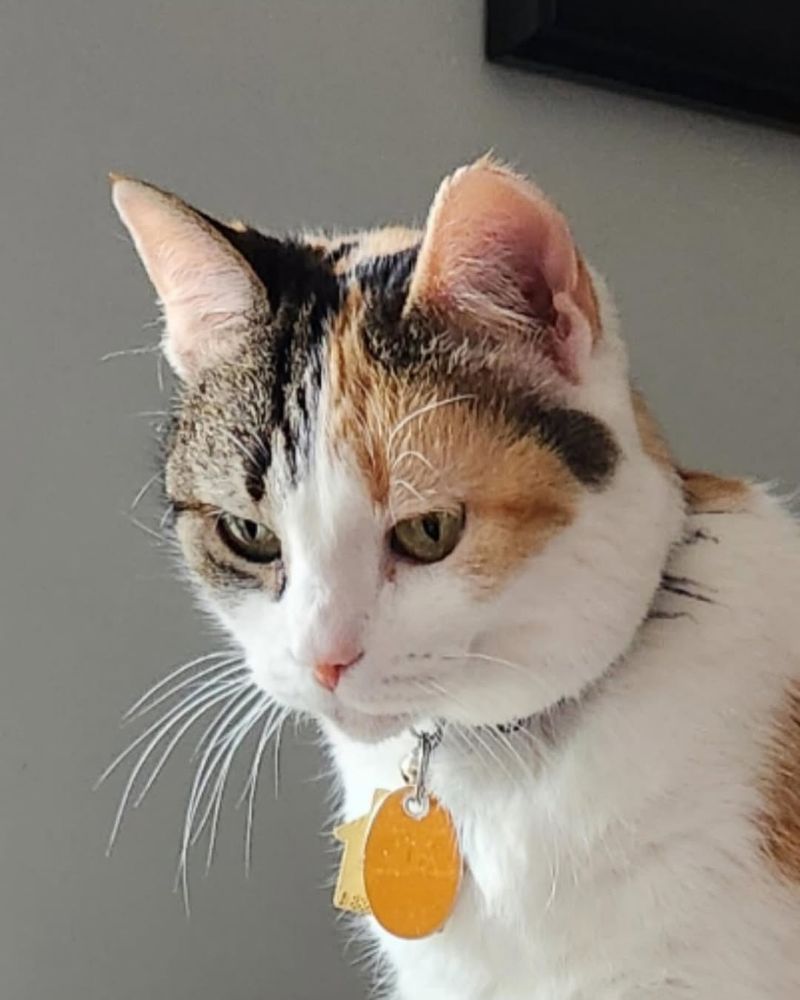📖 Table of Content:
- 1. Your Cat’s Lifestyle – Indoor, Outdoor, or Both?
- 2. Collar Fit and Comfort – Not Too Tight, Not Too Loose
- 3. Breakaway Collars – A Must-Have Safety Feature
- 4. Material Matters – Nylon, Leather, or Something Else?
- 5. ID Tags and Microchips – Double Up on Safety
- 6. Noise Levels – Are Bells Helpful or Stressful?
- 7. Potential Hazards – Snagging, Choking, or Irritation
- 8. Visibility and Reflective Features – Especially for Nighttime Cats
- 9. Allergies or Skin Sensitivities – Don’t Ignore the Signs
- 10. Your Cat’s Personality – Will They Even Tolerate It?
Collars might seem like a simple accessory, but for cats, they can be a source of safety, stress, or even danger—depending on how thoughtfully they’re chosen. Many cat owners assume a collar is a must-have without considering whether their feline friend actually needs one. While collars can provide ID tags and peace of mind, they can also pose risks if the wrong type is used or if the cat simply isn’t suited to wearing one.
Every cat is different, and what works for one may not work for another. An adventurous outdoor cat may benefit from a reflective, breakaway collar with an ID tag, while a timid indoor cat might find the experience overwhelming or unnecessary. Before picking out something cute or colorful, it’s essential to understand how various collar types interact with your cat’s habits, health, and environment.
In this guide, we’ll break down the 10 most important things to think about before slipping that collar on your furry companion. From fit and material to safety features and personality traits, these considerations will help you make the best decision for your cat’s comfort and well-being. A well-informed choice could mean the difference between a helpful tool and an ongoing annoyance—or worse, a safety hazard.
1. Your Cat’s Lifestyle – Indoor, Outdoor, or Both?
Understanding your cat’s lifestyle is crucial when selecting a collar. Is your feline friend primarily an indoor dweller, an outdoor explorer, or a bit of both? Indoor cats may not require reflective or breakaway features as much as outdoor cats. However, a lightweight, comfortable collar is still essential. Outdoor cats benefit from reflective or brightly colored collars to increase visibility. Additionally, breakaway collars provide safety in case they get caught on branches or fences. Always consider where your cat spends most of their time to ensure their collar meets their lifestyle needs.
2. Collar Fit and Comfort – Not Too Tight, Not Too Loose
The fit of your cat’s collar is paramount for their comfort and safety. A collar that’s too tight can cause discomfort or even injury, while one that’s too loose might slip off or snag on objects. Aim for a fit where you can slide two fingers comfortably between the collar and your cat’s neck. This ensures the collar stays on securely without being restrictive. Regularly check the fit, especially if your cat is still growing, to adjust as necessary. Ensuring a proper fit helps avoid potential risks and keeps your cat comfortable.
3. Breakaway Collars – A Must-Have Safety Feature
Safety should be a priority, and breakaway collars are designed with this in mind. These collars feature a special clasp that releases under pressure, preventing choking or injury if the collar gets snagged. This is especially important for outdoor cats that may climb trees or explore tight spaces. Even for indoor cats, accidental entanglement can occur. Choosing a breakaway collar provides peace of mind, knowing your cat has a safer collar option. When shopping, look for collars labeled as ‘breakaway’ or ‘safety’ to ensure you’re getting this essential feature for your cat.
4. Material Matters – Nylon, Leather, or Something Else?
The material of your cat’s collar affects both comfort and durability. Nylon is a popular choice due to its lightweight and washable nature. Leather offers a classic look and is generally durable but may not be as flexible. Other fabric options exist, providing various aesthetics and comfort levels. Consider your cat’s skin sensitivity and activity level when choosing a material. Some cats may have allergies or preferences that influence which material feels best. Experimenting with different materials can help you find the perfect balance of style, comfort, and durability for your furry friend.
5. ID Tags and Microchips – Double Up on Safety
Identification is crucial, and combining methods enhances security. An ID tag on your cat’s collar provides immediate contact information. In contrast, a microchip offers a permanent identification method. These chips are more reliable since they can’t fall off or be removed easily. Together, these options maximize your cat’s chances of returning home safely if they get lost. Ensure the ID tag includes up-to-date contact information and consider a collar with a dedicated tag holder. While microchipping requires a vet visit, it’s a one-time procedure worth considering for any cat.
6. Noise Levels – Are Bells Helpful or Stressful?
Bells on collars can be a double-edged sword. While they assist in alerting wildlife to your cat’s presence, they can also become a source of stress. Some cats are unbothered by the gentle jingling, while others may find it irritating or frightening. Observing your cat’s reaction to a bell can help you decide if it’s suitable. For cats that hunt or sneak outside, a bell can be a valuable tool for preventing unwanted prey catching. However, prioritize your cat’s comfort and remove the bell if it causes distress.
7. Potential Hazards – Snagging, Choking, or Irritation
Being aware of potential collar hazards can prevent accidents. Collars that are too loose may catch on objects, leading to snagging or choking. This risk is heightened for outdoor cats that climb or explore dense areas. Selecting a breakaway collar can mitigate such concerns. Additionally, check for any signs of skin irritation or allergic reactions, which can occur if the collar material doesn’t suit your cat. Regularly inspecting the collar for wear and tear is essential. Addressing these risks helps maintain your cat’s safety and comfort.
8. Visibility and Reflective Features – Especially for Nighttime Cats
Visibility is key, especially for cats that roam at night. Reflective collars enhance safety by making your cat more visible to drivers and other people. When light hits the reflective strip, it shines brightly, ensuring your cat can be seen from a distance. For cats that spend time outside after dark, this feature is particularly beneficial. Even indoor cats can benefit if they venture into dimly lit spaces at home. Selecting a collar with these features adds an extra layer of protection, ensuring your cat is always visible.
9. Allergies or Skin Sensitivities – Don’t Ignore the Signs
Some cats may develop allergies or sensitivities to certain collar materials. It’s essential to observe for signs such as redness, hair loss, or excessive scratching around the neck. If any of these occur, it may indicate that the collar’s material is unsuitable for your cat. Options like hypoallergenic collars made from natural or specially treated materials can be a solution. Consult with a vet if you suspect an allergy to determine the best course of action. Addressing sensitivities promptly ensures your cat remains comfortable and healthy.
10. Your Cat’s Personality – Will They Even Tolerate It?
Consider your cat’s personality and tolerance when choosing a collar. Some cats may immediately accept a collar, while others might resist or attempt to remove it. Observing your cat’s behavior can help determine the best approach. Gradually introducing the collar and providing positive reinforcement can encourage acceptance. If your cat persistently rejects the collar, alternative identification methods, like a microchip, might be necessary. Each cat is unique, and understanding their preferences will guide you in finding a solution that suits both you and your feline companion.
